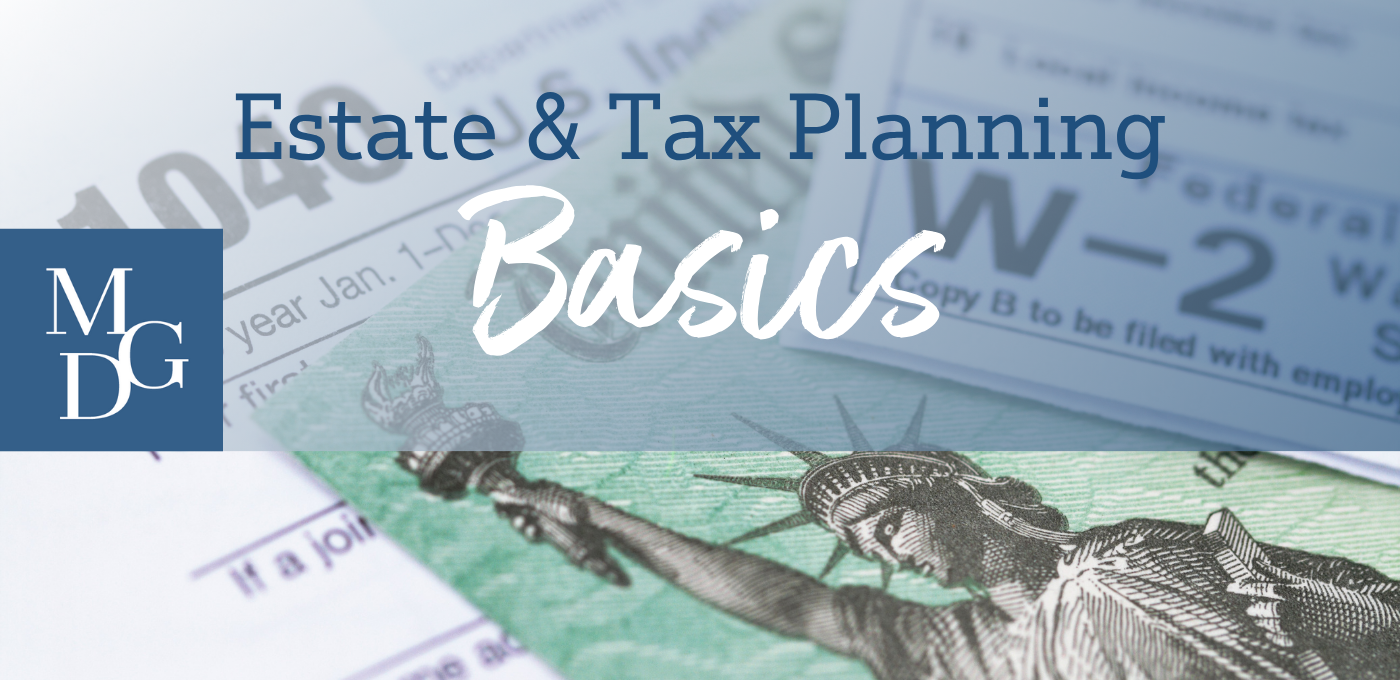
The One Big Beautiful Bill Act (OBBBA) contains important provisions regarding the tax benefits of charitable giving beginning in 2026.
Charitable deductions have typically been reserved for those who itemize their deductions. A few years ago, however, Congress permitted a very small deduction on cash donations for those who take the standard deduction. OBBBA increased this amount from $300 to $1,000 for single filers, and from $600 to $2,000 for married joint filers. The lower amounts still apply for giving in 2025.
OBBBA introduced a new provision for those who itemize their deductions, which effectively creates a hurdle. This “floor” must be overcome each year before a charitable deduction is permitted. The floor limits the deduction to amounts that exceed 0.5% of a taxpayer’s Adjusted Gross Income. For example, assume your Adjusted Gross Income is $200,000 and you donate $10,000 to charity. 0.5% of $200,000 is $1,000. Under OBBBA, you can only deduct the amount of the charitable contribution above $1,000, thus you would only be able to deduct $9,000 of your $10,000 gift.
OBBBA introduced limits for charitable contributions made by corporations, such as a 1% of taxable income floor and a 10% taxable income cap.
OBBBA returns a cap on all itemized deductions for those in the 37% tax bracket beginning in 2026. Caps on itemized deductions are not new, but we have not had a cap on all itemized deductions since before 2016. This cap limits deductions to 0.35 cents on the dollar instead of the full 0.37 cents on the dollar.
What are some things donors can do now and going forward to maximize the tax benefits of charitable giving?
Consider contributing to a Donor Advised Fund (DAF). This is an account established with a financial custodian and treated as a non-profit. You can make contributions to the DAF now, receiving a deduction for the year of the contribution, and wait to make charitable grants to qualified charities of your choice over time. This allows you to “front load” your charitable donations. The funds may be invested within the DAF. When you make grants to charities from the DAF you do not receive a second deduction. Going forward you can bunch contributions in some years, eliminating the need to overcome the floor every year. Keep in mind that there are additional rules affecting limits on deductions, so it is important to work with your tax advisor and your financial advisor when setting up or contributing to a DAF.
DAFs can be set up through financial institutions or through community foundations. Remember that contributions made in 2025 will not be subject to the new 0.5% hurdle or the new total itemized deductions cap, so this is a good year to contribute more to a DAF.
Another option is the Qualified Charitable Distribution (QCD). For those of you who are already 70 ½, you can give money directly from your IRA to qualified charities, even if you have not begun taking Required Minimum Distributions. It is imperative that the money must go directly from your IRA account to the qualified charity and not pass through your hands or account. A Donor Advised Fund does not qualify as a permissible recipient of a QCD. The QCD is helpful because money withdrawn from an IRA is taxed as ordinary income and distributions from an IRA increase your income tax burden significantly. Directing some or all of your required minimum distributions to charity will reduce taxable income. Directing IRA funds via a QCD, and prior to commencing required minimum distributions, will reduce the IRA account balance, resulting in lower required annual distribution at your required beginning distribution date. This lower required annual distribution results in a smaller tax bill than you may have otherwise received.
QCDs are subject to an annual limit. For 2025, the annual limit is $108,000 per individual, which or $216,000 for a married couple. Let your tax preparer know that you made a QCD and to reflect the distribution on your tax return to receive the income tax benefit. The financial institution will report the QCD as a distribution on your 1099, but the appropriate designation on your tax return informs the IRS that it is not a taxable distribution. No double deductions are permitted, thus the QCD is not also reported as a charitable deduction on your return. The “deduction” is excluding the QCD from your taxable income.
The QCD not only avoids the new charitable deduction floor, it also escapes the new cap on itemized deductions.
The Qualified Charitable Distribution works with an Inherited IRA or a Rollover IRA as long as you are at least 70 ½ at the time of the distribution. You are also not required to itemize your deductions in order to take advantage of the QCD. You should also confirm that the charity is a “qualified charity” with your tax advisor.
Contact your MGD Law attorney to discuss additional estate planning to facilitate charitable giving.
Please remember that this is for educational purposes only and should not be considered tax advice specific to your situation.
This material is for informational purposes only and is not legal advice. Receipt and use of this information, by itself, does not create an attorney client relationship. You should consult with your attorney, tax professional, and financial advisor when creating and implementing your estate plan. The choice of a lawyer is an important decision and should not be based solely on advertisements.
MGD Law is open, operating, and committed to providing legal services to our clients with careful attention to CDC Guidance.